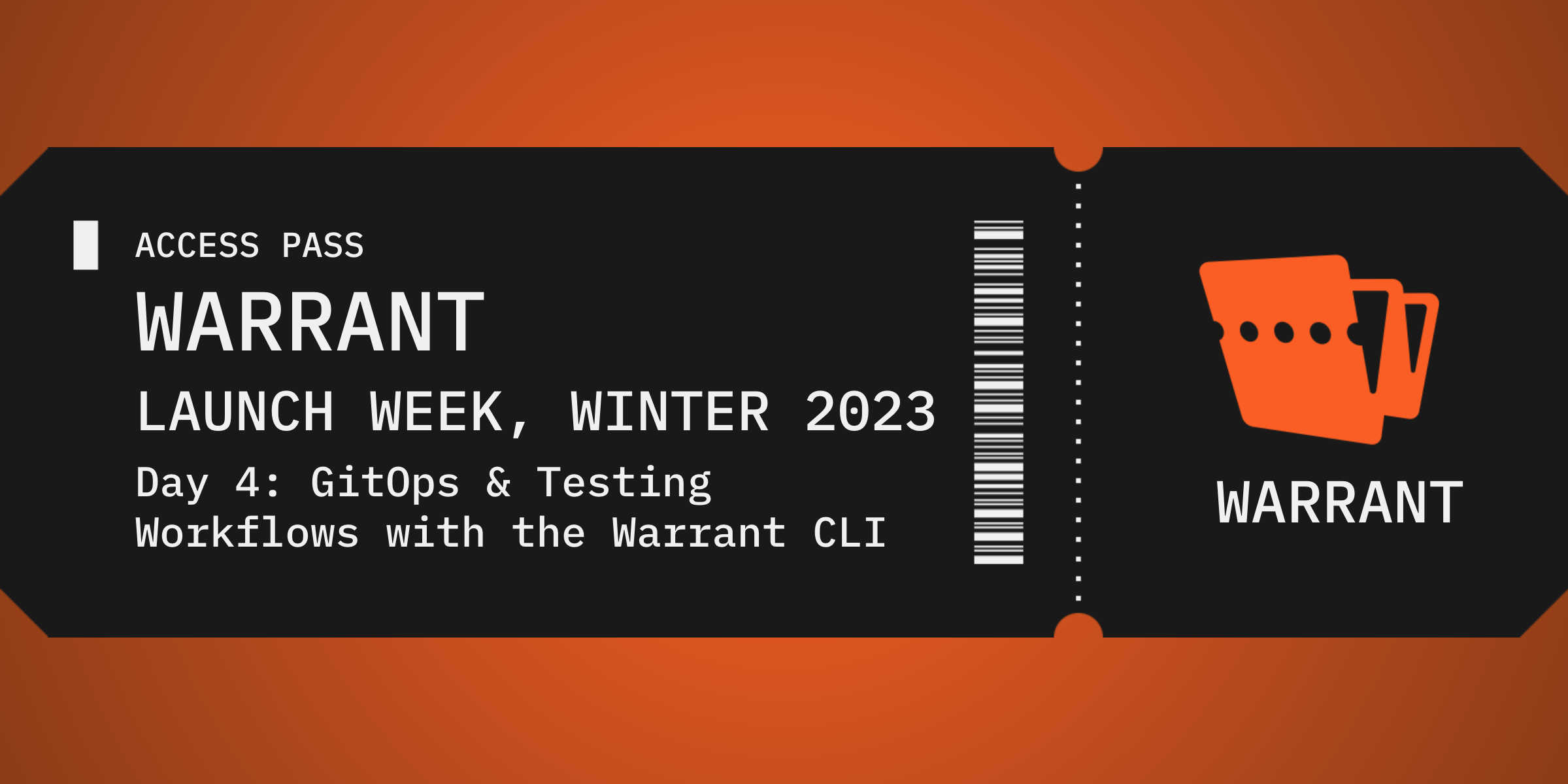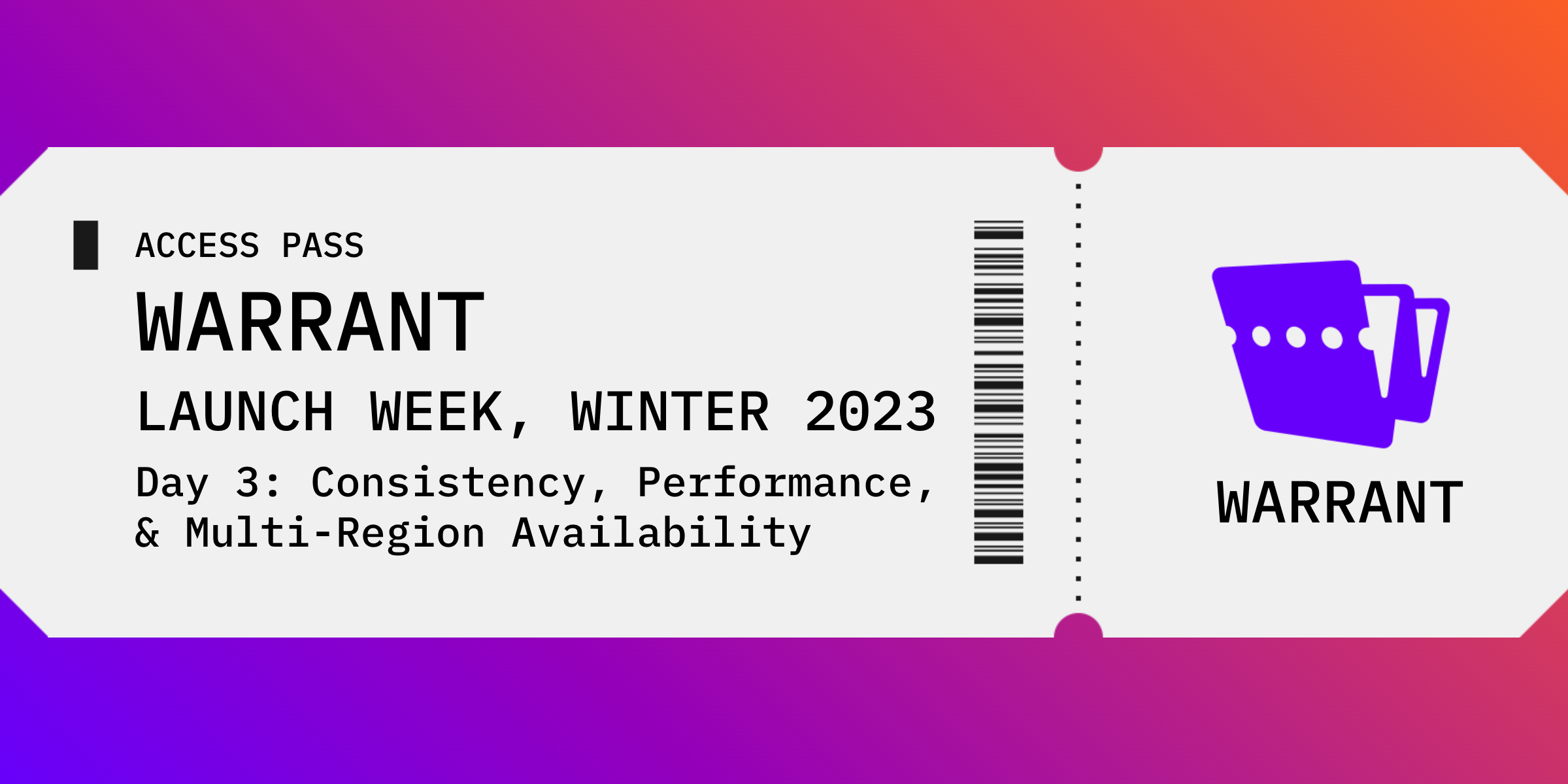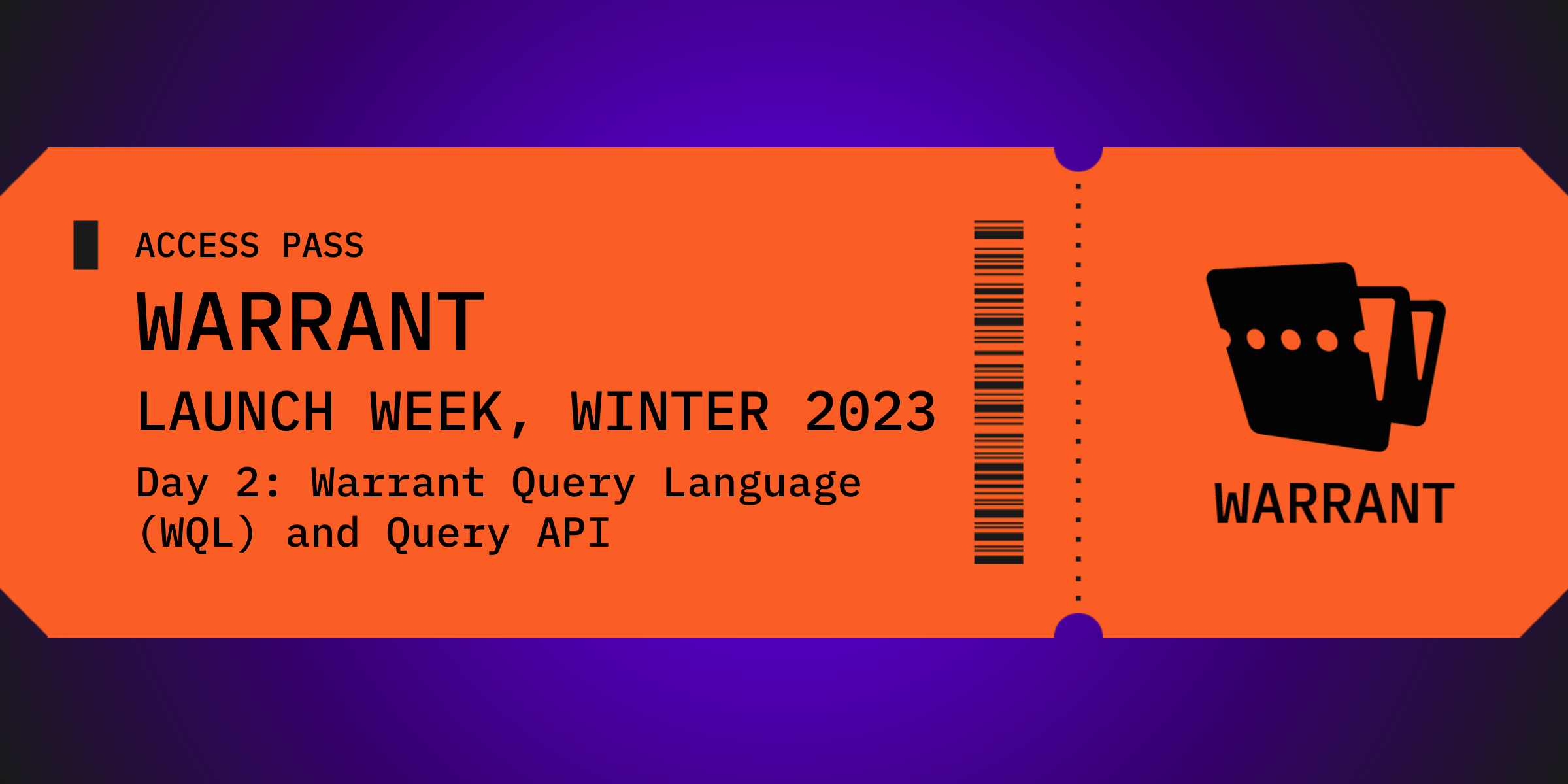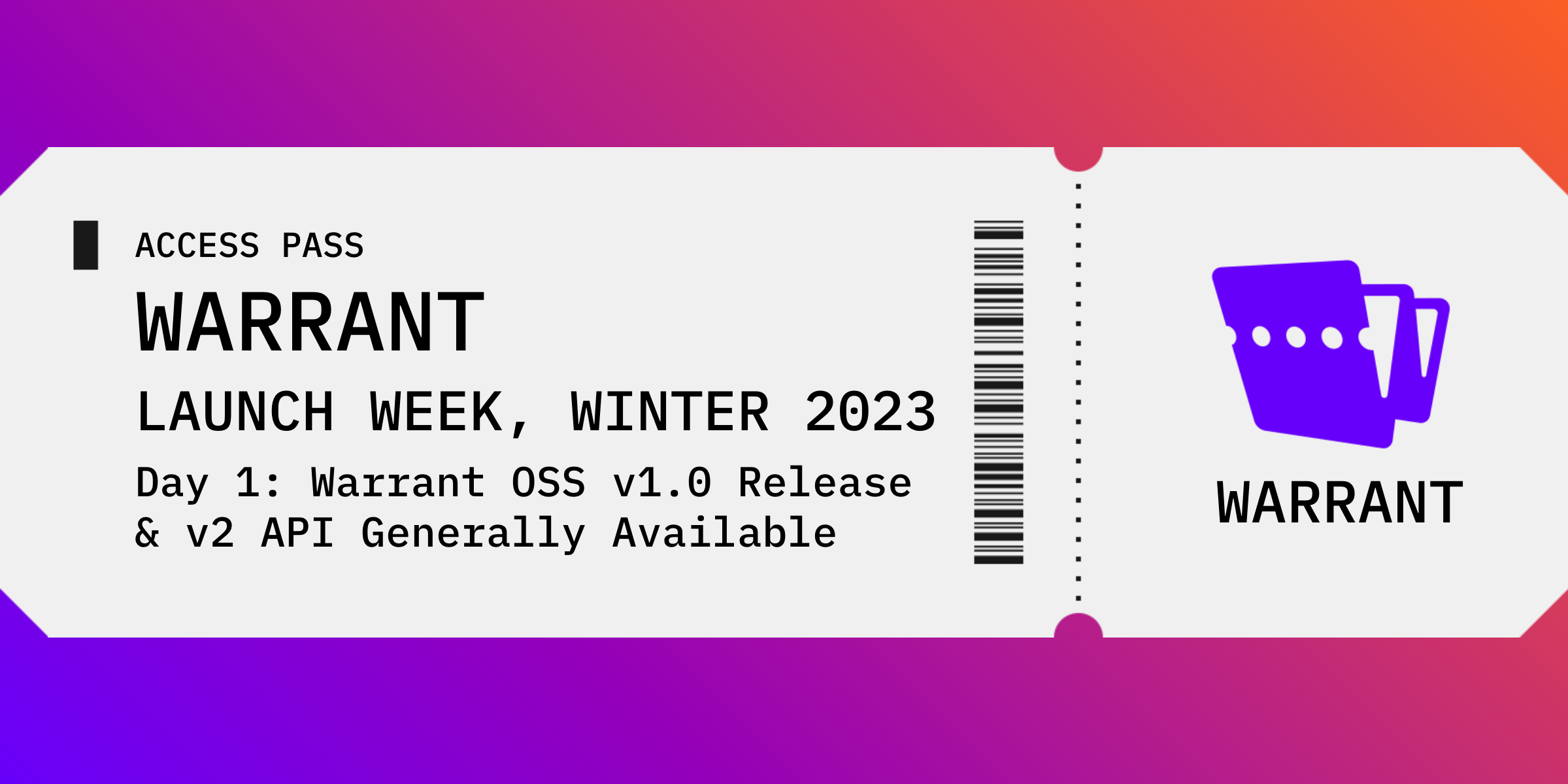Today, we're excited to launch support for Pricing Tiers and Feature Flags!
While our core platform has always supported the ability to implement custom pricing tiers and feature flags, it required a lot of upfront work for teams to implement. We strongly believe these are common problems encountered at every software company so we built native support for pricing tiers and feature flags into Warrant.
What is it?
Pricing Tiers
Figuring out how to price your SaaS product is a complex enough problem by itself, often requiring several iterations of experimentation to determine. Tiered pricing (or pricing tiers) is a common pattern for SaaS startups to charge customers for their product today. In this approach, a company grants customers access to premium and enterprise level features only if the customer is subscribed to a paid or enterprise plan. This strategy comes with its own set of challenges: What should I include in my free tier? How much should I charge for a pro/premium tier? What features should be considered enterprise features? With Warrant's built-in support for pricing tiers, you can easily limit access to premium features in your product based on each customer's subscription, giving you the flexibility to control which features are available in a pricing tier and match changing customer personas. You also have the ability to grant/revoke access to individual features per user or customer for one-off scenarios.
Feature Flags
Software teams looking to iterate quickly and frequently release functionality with reduced risk typically make abundant use of feature flags. Warrant now has built-in support for feature flags, so teams can incrementally release features individually to customers. Common uses for feature flags might be enabling a beta feature for certain users or rolling out a feature only to specific customer segments. When bugs arise, feature flags can be useful for quickly disabling a faulty feature, allowing teams to avoid performing a complete deployment rollback or scrambling to release a fix.





